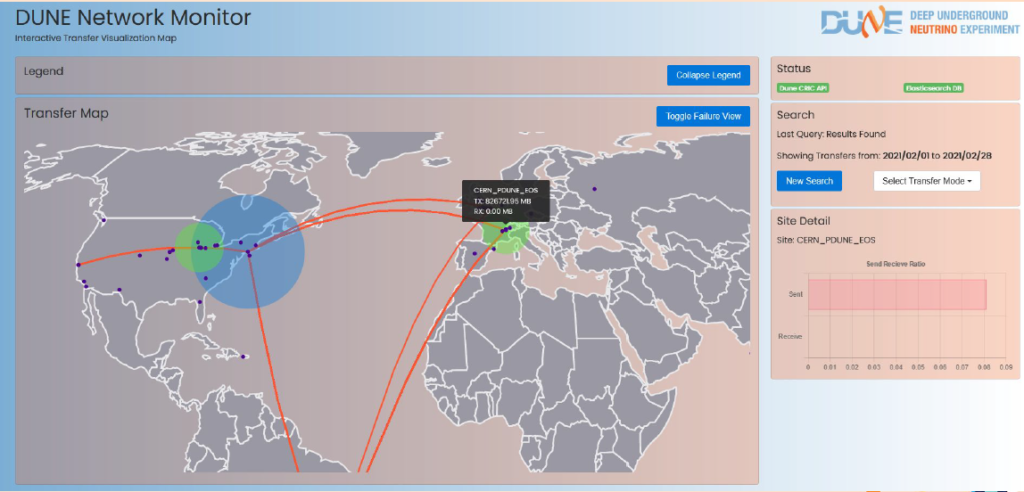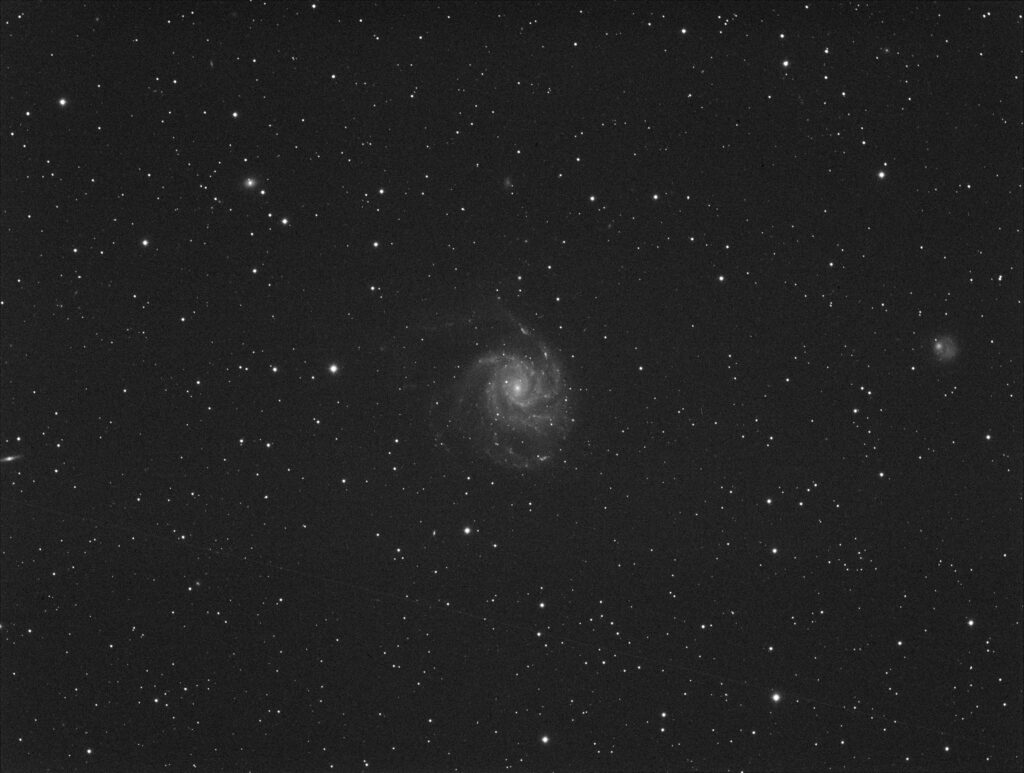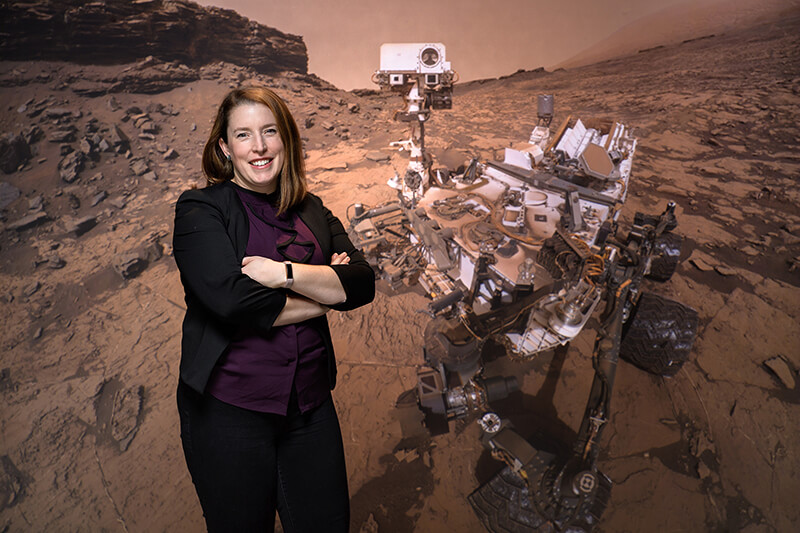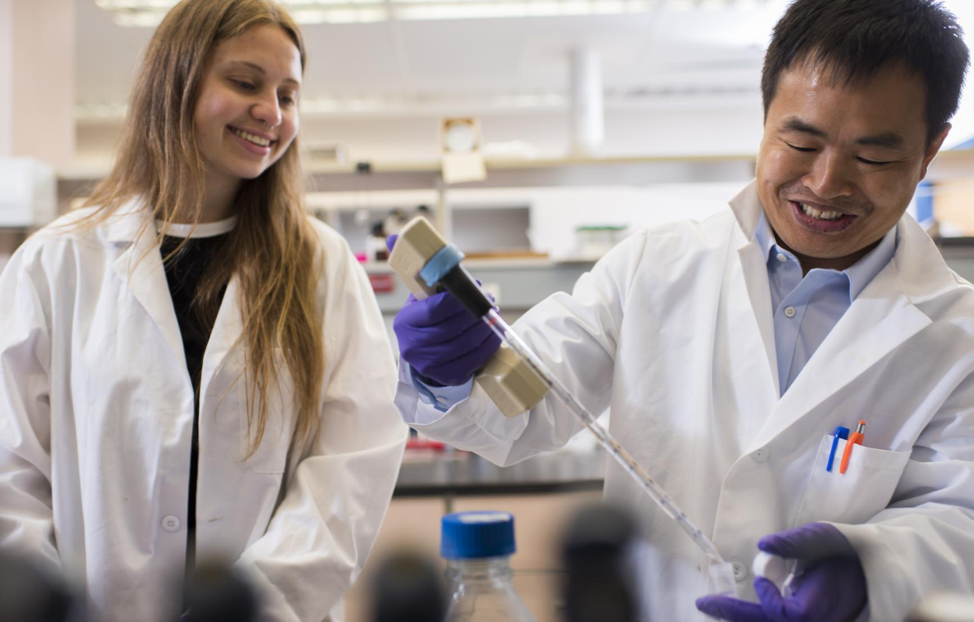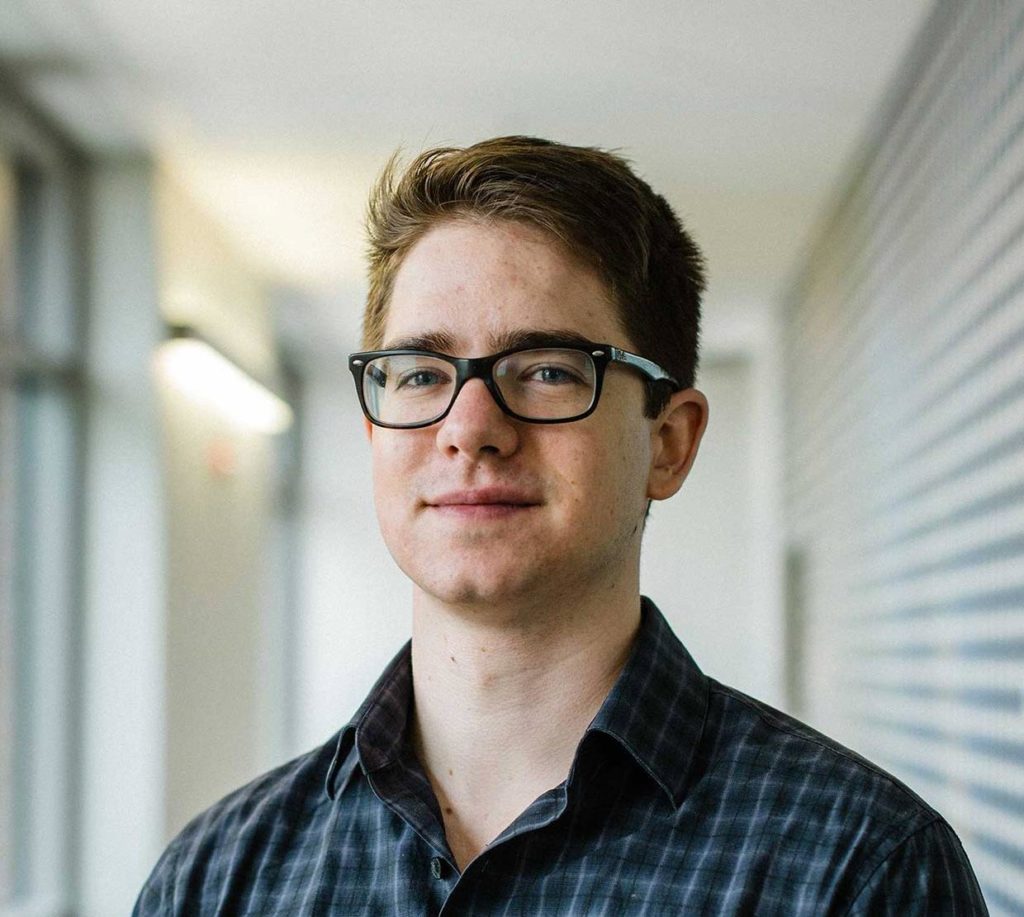Oregon State’s Department of Physics recently underwent a major reform of their graduate program and requirements.
Introduction:
U.S. Physics Departments generally require that doctoral students complete core advanced courses in Quantum Mechanics, Electrodynamics, Classical Mechanics, and Statistical Mechanics, with additional electives depending on the field of study. Most Departments also require that all students demonstrate proficiency by passing written or oral examinations in the core topics. These examinations have different names (Preliminary, Qualifying or Comprehensive) but generally involve several multi-hour written tests. Students are normally given several chances to pass but if they fail to pass these examinations by the end of their second year, they are usually asked to leave the program.
At OSU, as at most Physics Departments, graduate students in their first 1-2 years are normally supported as graduate teaching assistants with significant teaching responsibilities while they are taking the required courses. As graduate and undergraduate courses start at the same time in the Fall, new graduate students typically find themselves teaching several undergraduate laboratory or recitation sections and taking three challenging courses, right after they arrive. The combination of a new environment, challenging courses, and teaching duties, all at once, can become overwhelming. Institutions can help with preparation, for example with pre-term orientation sessions, but the transition is still very difficult.
Oregon State physics recently did a major reassessment of the early requirements for our doctoral program which has led to three major changes.
First, entering graduate students are assessed individually by a group of faculty on arrival. The Core Graduate Advising Committee meets with all incoming students to assess their preparation for the Core graduate courses. Students who have missed a component (for example Statistical Mechanics) in their undergraduate preparation, or feel underprepared, are given the chance to take the appropriate undergraduate course in the first year, and then proceed to the advanced courses in the second year.
Second, the graduate teaching load in the first term has been reduced and the third core course for entering students is now replaced by a pedagogy course, taught by a faculty member with experienced graduate teaching assistants as mentors. This helps incoming graduate teaching assistants gain the skills they need very early in their graduate career.
Third, the written comprehensive examination has been replaced by a series of assessments over the first 2-3 years. These include the grades in the core courses and demonstration of written and oral communication skills. In particular, candidacy for the doctorate now requires a writing sample and a researched presentation on a general topic posed by the committee and communicated to the students several weeks before the exam.
These changes resulted from a multi-year process, initiated by both faculty and graduate students. Both groups realized that talented students were being lost due to overload in the first term or later, through failure to pass the written examination or, more often, out of worry that they would not pass after a failed attempt.
Inputs and proposed solutions:
Several years ago, a group of graduate students, led by students in the Physics Education Research group, researched and presented a paper on studies of known sources of bias in high stakes testing. In parallel, the faculty had long recognized that the skills needed to be a successful physicist were not solely correlated with an ability to take timed tests. Over the years, various reforms of the written examination had been tried, with little change in outcomes; talented students were still leaving the program. An elected graduate student representative committee was formed, with an elected (by the students) faculty liaison to provide input. A series of Town Halls led by the graduate representatives were held. At those Town Halls, students described their concerns about the program, in particular the sink or swim nature of the first term and the high stakes exams.
The faculty formed a committee of Associate Professors to recommend major changes to the doctoral program requirements. Their work was informed by Oregon State’s training in unbiased hiring practices and the modern methods they used in developing learning objectives and assessments for their courses. The committee spent most of a year formulating the learning objectives for a physics doctorate. 5 objectives were identified:
- Analyze Physical Systems Apply physical laws and principles to formulate and produce solutions to questions that arise from a broad range of physical phenomena; master quantitative techniques (exact techniques and various levels of approximation including order-of-magnitude estimates); and devise and adopt ways of making meaning of their results.
2. Learn Physics Expertly Learn and apply new concepts, methodologies, and techniques by identifying and engaging with various resources including, e.g., research literature and books, both individually and in collaboration with peers and other experts.
3. Create and Share Novel Physical Insight Design and conduct original research within a chosen specialty and disseminate the results through effective presentations in professional settings and in the scientific literature. Research expectations include: familiarity with primary literature, identification of central issues and knowledge gaps, ability to develop original questions, ability to identify and mitigate obstacles in research, ability to engage in productive discussions and work synergistically within a group or collaboration, and ability to write effective scientific publications that include citations and clear descriptions of methods and results.
4. Communicate with Learners Design and facilitate physics learning experiences at an appropriate level of sophistication for a broad range of audiences (e.g., colleagues, students, and the general public).
5. Do Physics Ethically and Inclusively Conduct themselves ethically and inclusively in all professional settings, in accordance with the American Physical Society code of ethics (https://www.aps.org/policy/statements/ethics.cfm), as well as proactively identify areas where ethical and/or discrimination issues may arise and articulate strategies for dealing with them.
Curricula and projects were then proposed to cover each of the objectives and new methods of assessing mastery were proposed. In particular, the committee proposed replacement of the written comprehensive examinations with grades in core courses and replacement of the general physics portion of the doctoral candidacy exam with a writing sample and a prepared pedagogical presentation on a set topic.
In addition, the first-year graduate curriculum and graduate teaching training were revamped to make the first year more inviting and flexible. The substantial faculty effort previously put into setting three written examinations per year was redirected into the expanded Core Graduate Advising committee to provide initial and continuing personal advising to beginning students.
Implementation:
A professional facilitator worked with the faculty committee to prepare for a retreat to discuss the new requirements. At the retreat, after considerable discussion, the new requirements were approved by consensus of the faculty. Graduate students were then given an opportunity to provide feedback on the proposed changes. Their comments were generally positive but led to several clarifications and improvements. The new system was voted upon in February 2020 and became the only policy for students arriving in the Fall of 2020. Most existing students who had not yet advanced to candidacy have also opted to follow the new program.
Preliminary Assessment:
It is early to do a full evaluation but preliminary feedback from 1st year students indicates that the flexible course scheduling and emphasis on training in the first term have had positive results. Core faculty were initially concerned that their new role as grading gatekeepers would work against their roles as champions for their students. However, the Core Advising Committee’s attention to student needs early in the program has led to increased student success in the core courses.
The doctoral qualifying process has become somewhat more complex with the addition of writing samples and set presentation topics requiring additional planning.
The new methods may lead to changes in admissions policy. Talented students with unusual backgrounds are likely to do better in the program, thanks to more intensive advising and flexibility early in the program. However, the absence of the required examinations may lead to greater attention to undergraduate grades as a predictor of ability in academic courses.
Summary:
Based on student input and faculty experience, Oregon State Physics has substantially modified the initial experience for incoming students and evaluation practices. Initial results are positive, with improved retention.


